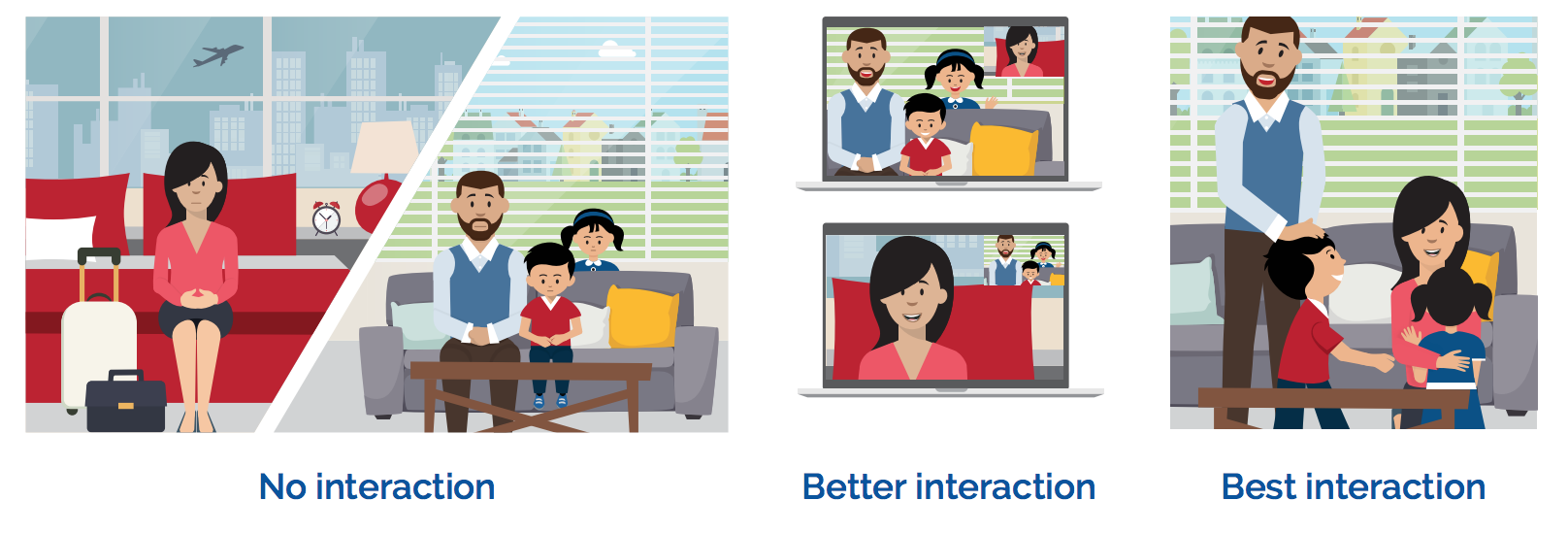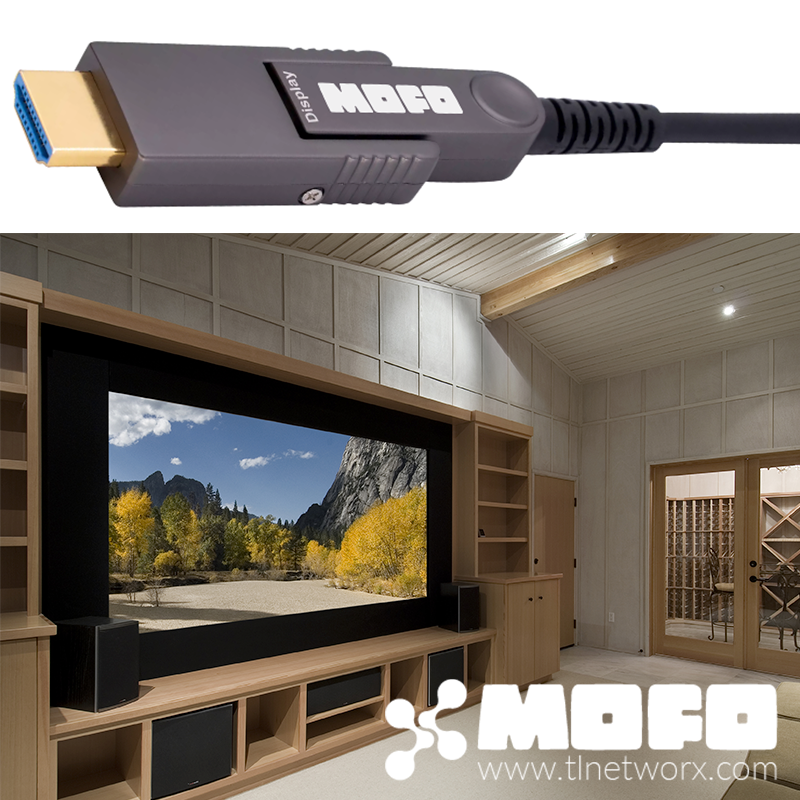Early Learning and Educational Technology: Four Guidelines
·

·
In October, the U.S. Department of Education released the "Early Learning and Educational Technology Policy Brief," which outlined their vision on how young students can leverage technology to enhance their school and home experiences.
The Departments’ four guiding principles for the use of technology with early learners were outlined as follows:
- Guiding Principle #1: Technology—when used appropriately—can be a tool for learning.
- Guiding Principle #2: Technology should be used to increase access to learning opportunities for all children.
- Guiding Principle #3: Technology may be used to strengthen relationships among parents, families, early educators, and young children.
- Guiding Principle #4: Technology is more effective for learning when adults and peers interact or co-view with young children.
These principles are likely not much of a surprise to most of us; however, the study cites a number of issues that continue to challenge student growth--from parental engagement to technology deployment.
The brief concludes with several observations and recommendations:
- When evaluating and recommending technology for use with early learners, consideration should be given to how the child is using the technology, including the quality of the content, the context for its use, and the involvement of adults and peers. With the plethora of new technologies and the active ways they can be used, families and early educators should take a more nuanced approach than simply thinking about screen time limits and evaluate the content, context, and their child’s development to determine what is appropriate in each circumstance.
- Early learning settings should strive to ensure that technology, when used, is applied in ways that promote children’s learning and healthy development. In early learning environments, technology should be used to increase accessibility for children with disabilities and dual language learners, and to strengthen relationships with peers and adults.
- Whether in early learning settings or at home, appropriate use of technology should support deep cognitive processing and intentional, purposeful learning that promotes the healthy development of children. Equipped with this knowledge, early educators and families are encouraged to use their judgment of what works best for their individual child, understanding the quality of content and context of use matter.
- Finally, technology should be used strategically, thoughtfully, and safely by early educators at all times and incorporated along with other valuable classroom materials in early childhood learning environments.
The complete brief is available online.




Comments